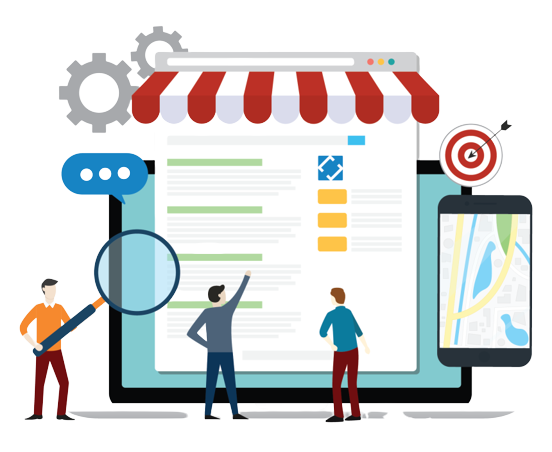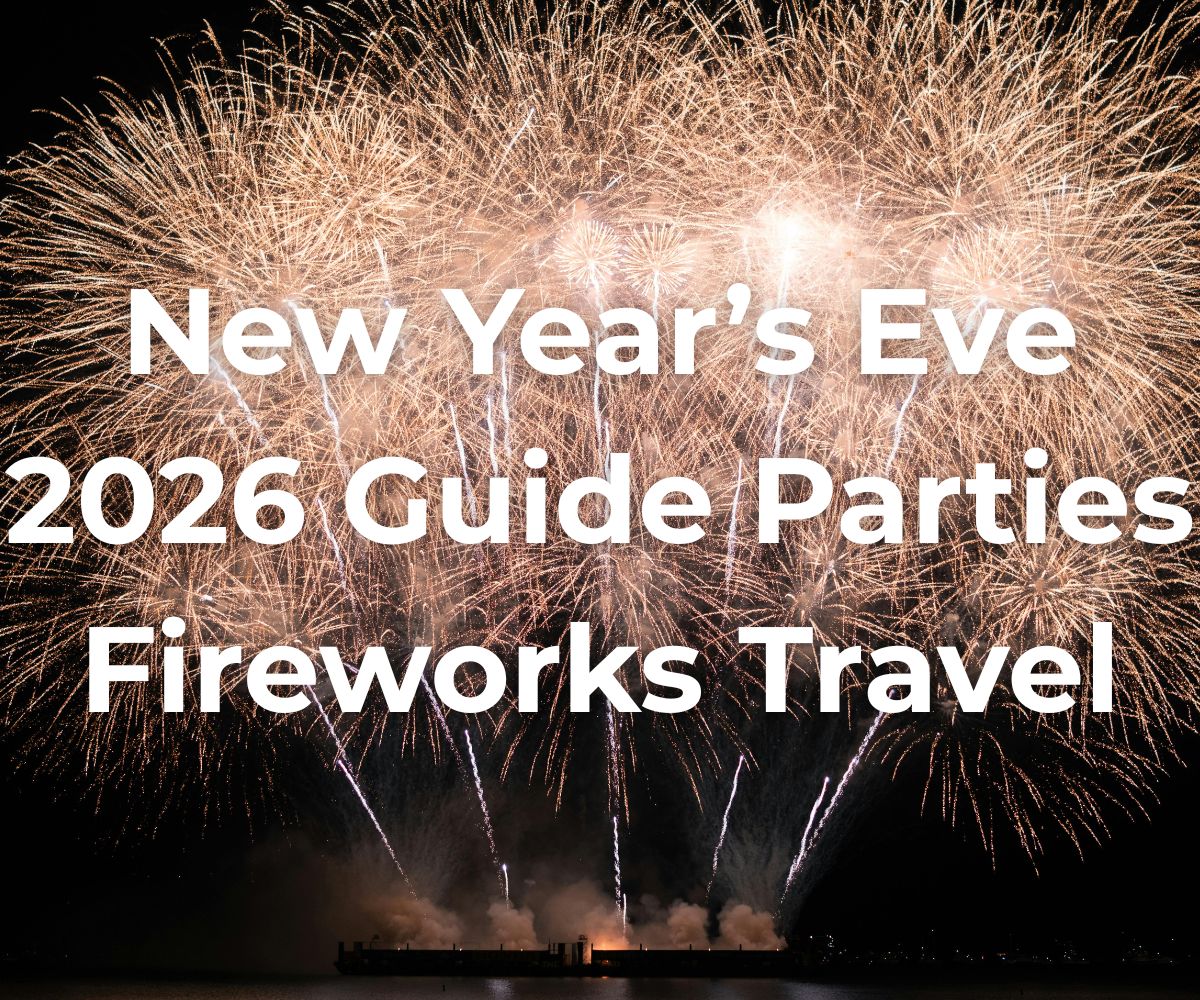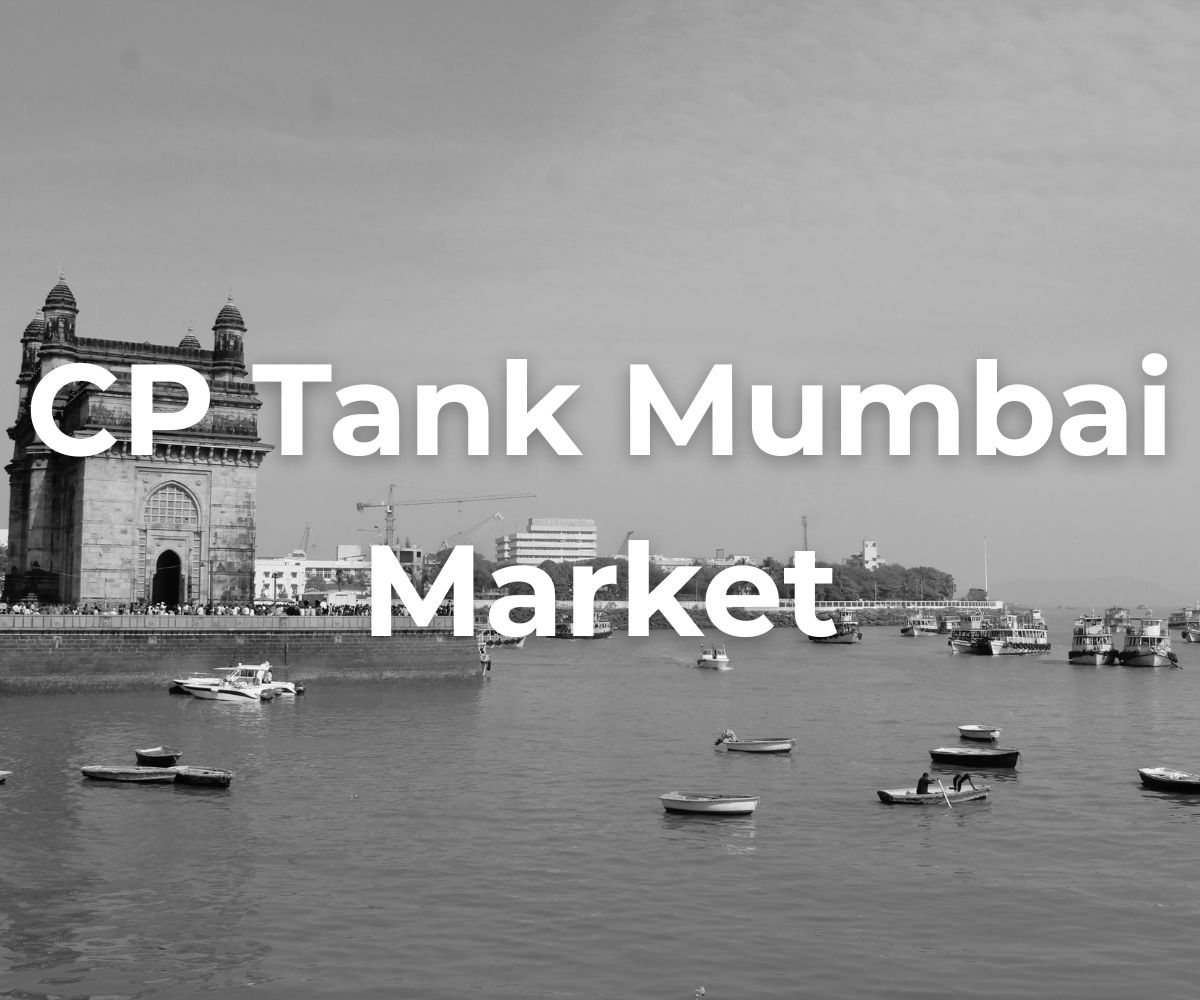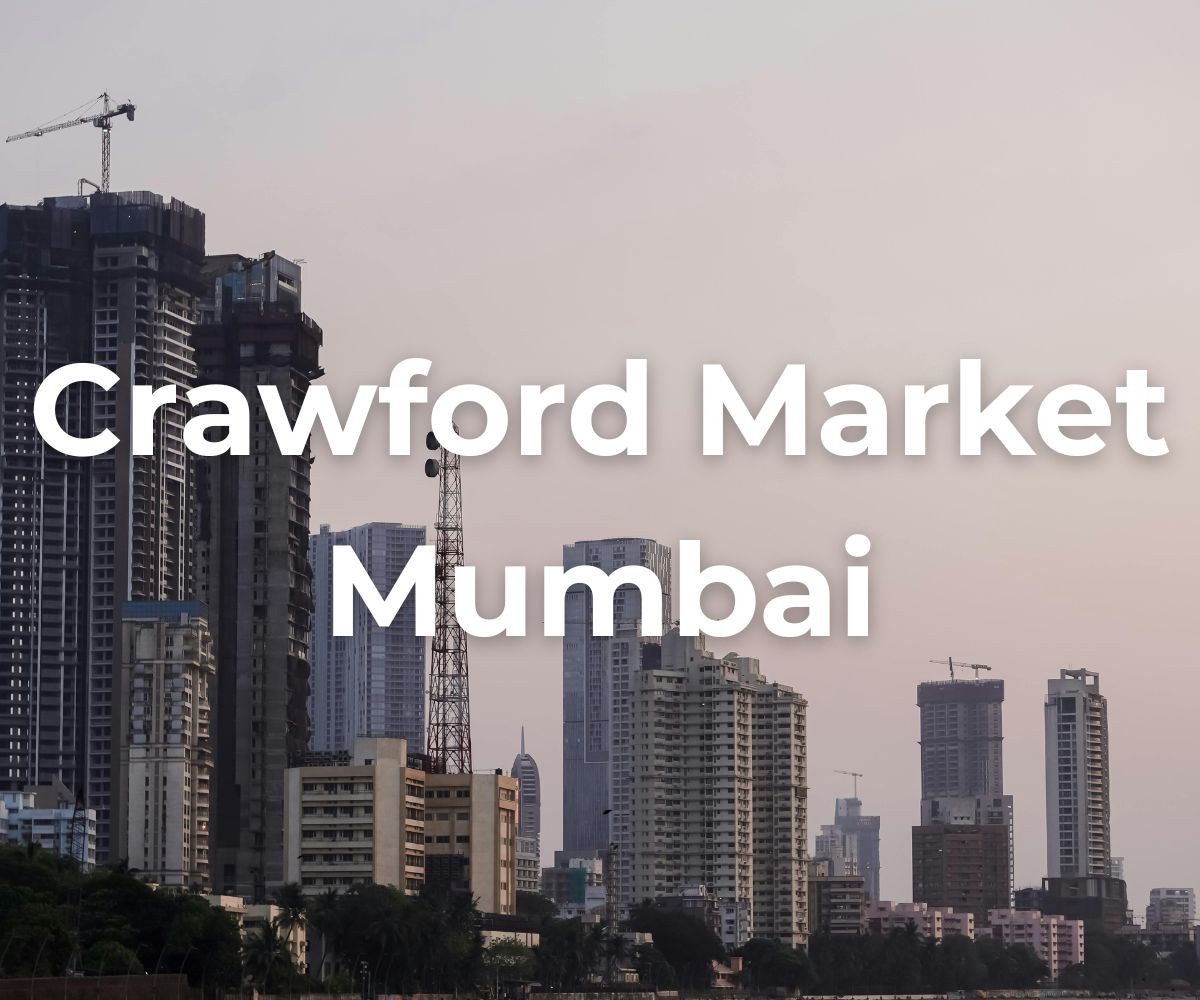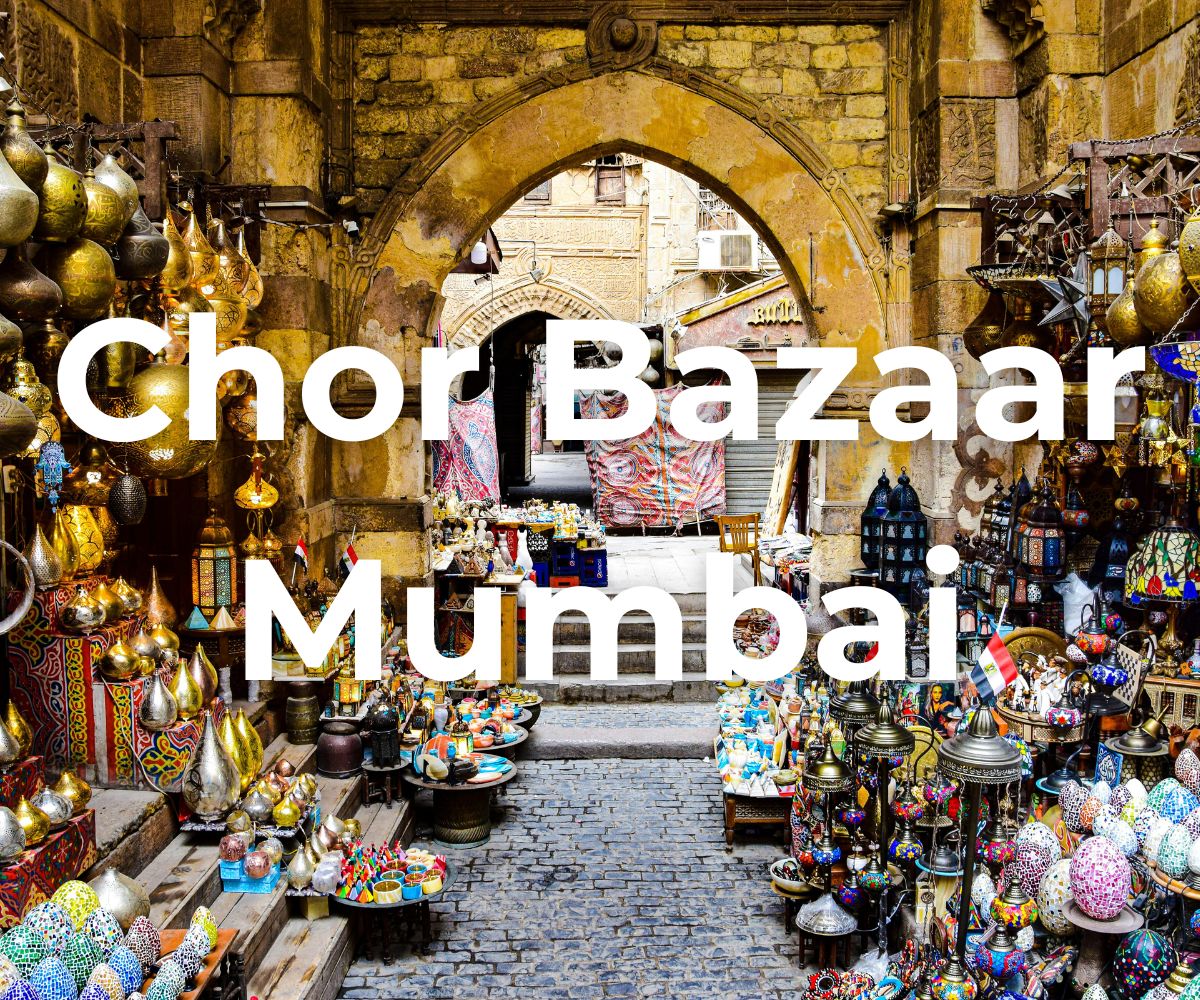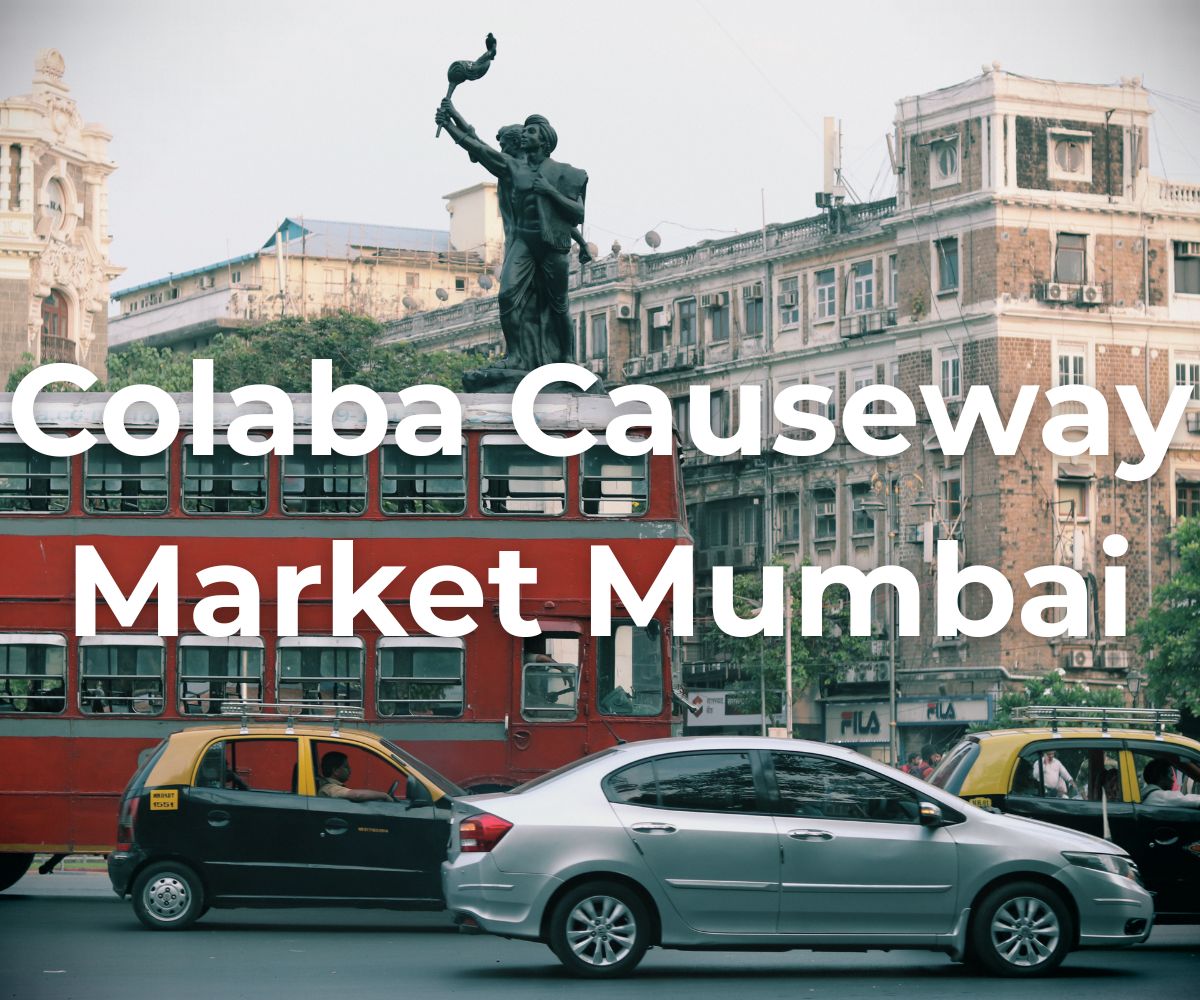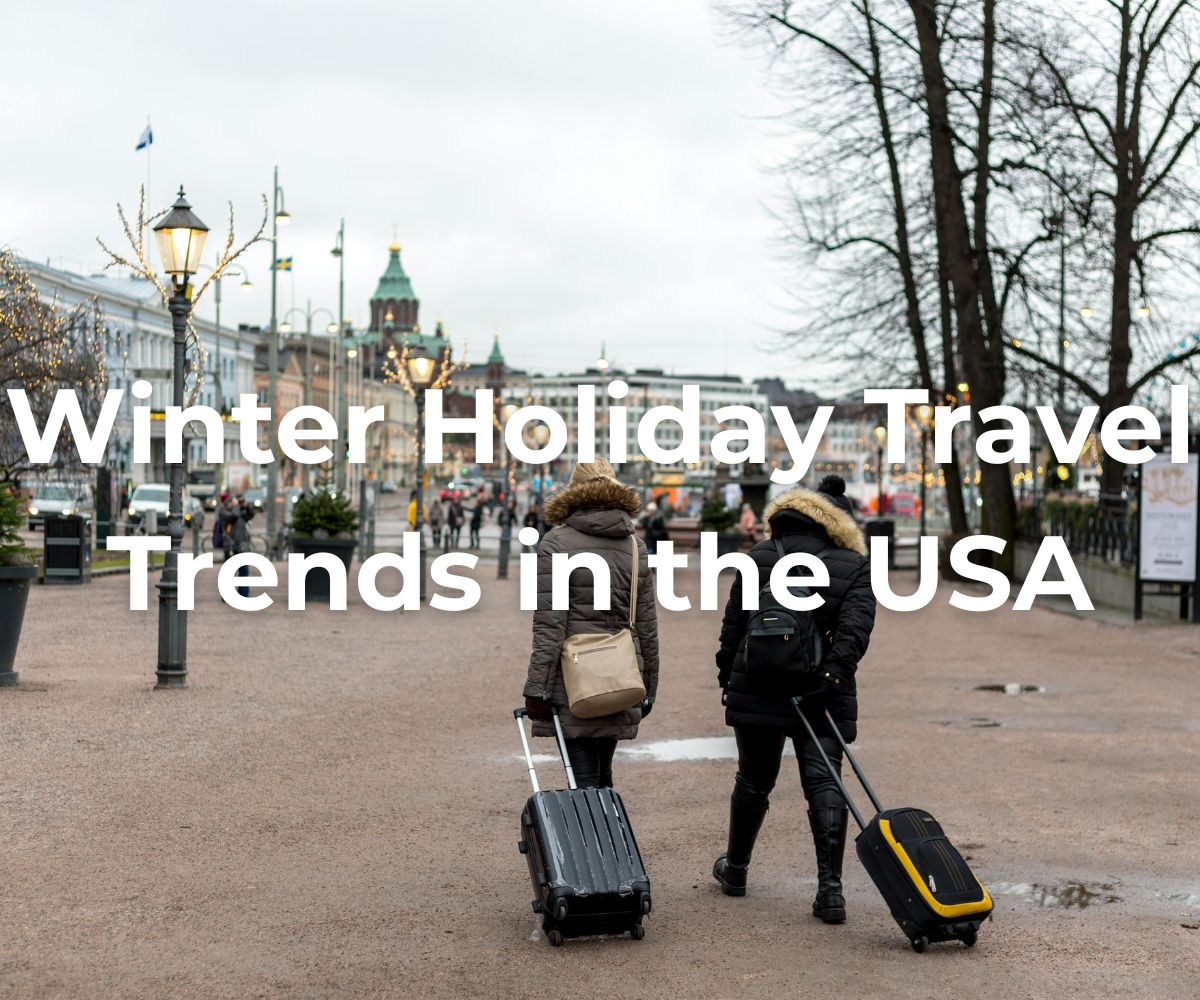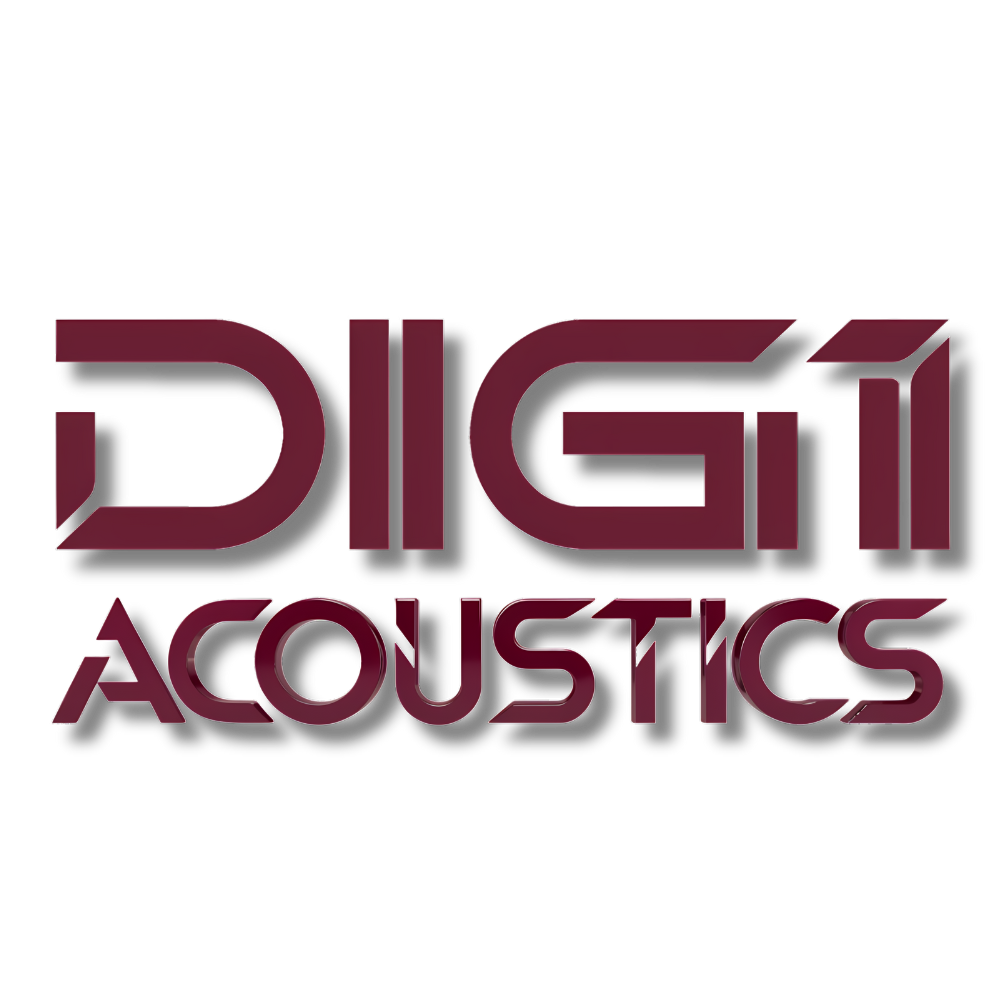ai powered local ads hyperlocal marketing that drives action
Description
Local Advertising with AI: Winning at Hyperlocal Marketing
Most brands say they want to “be local.” But if you look closer, their approach is anything but.
They’ll run the same generic search ads for every city, use cookie-cutter messaging, and expect it to resonate with a customer standing on Main Street.
Hyperlocal marketing doesn’t work that way. It’s not about blanket coverage—it’s about micro-targeting neighborhoods, crafting messaging for real local intent, and being relevant in ways mass campaigns never can.
And without AI, it’s nearly impossible to do at scale.
If you’re ready to rethink how your brand shows up locally, here’s how AI-powered local advertising can turn hyperlocal from a buzzword into a measurable growth strategy.
What Is Hyperlocal Marketing—and Why Does It Matter?
Let’s start with clarity. What is hyperlocal marketing?
In simple terms, it means focusing your efforts on a narrowly defined area—sometimes a radius as tight as a few blocks.
But it’s not just about geography. True hyperlocal means combining:
- Location precision (specific neighborhoods or zones)
- Intent signals (people actively searching for your service now)
- Contextual relevance (offers and messaging that fit local needs)
Think about a customer searching on their phone for “24-hour AC repair near Basavanagudi”. Or someone asking a voice assistant “find a reliable dentist in Khar.”
These are hyperlocal moments of action. If your local ad is visible, relevant, and frictionless at that moment, you win. If not, the next competitor in line will.
The Limitations of Traditional Local Advertising
Traditional local advertising platforms—whether local Google ads, Meta’s location-based targeting on Instagram and Facebook—are built for simpler use cases.
They can help you blanket a city, but they rarely deliver:
- High intent targeting: Ads show up whether or not the user is in buying mode.
- Dynamic creative: Most rely on static ad copy that gets stale fast.
- Real-time updates: Local service availability, hours, and pricing often stay outdated.
- Connected insights: Data stays fragmented across channels and locations.
This gap explains why many “local campaigns” look good on paper (impressions, clicks) but fail to drive calls, visits, or bookings.
Where AI Enters the Picture
AI-powered ad platforms are designed to close these gaps.
Here’s what they do differently:
Dynamic Data Integration
Instead of static spreadsheets, AI syncs your live business data—store hours, inventory, promotions—so your campaigns stay accurate. This matters for high-intent moments when customers expect real-time relevance.
Intent + Location Targeting
AI doesn’t rely on radius alone. It layers real-time signals (e.g., recent search queries, device type, time of day) over location data to identify prospects who are ready to act.
Modular, Location-Specific Creative
With automated content creation, AI assembles ad variations dynamically—using location names, custom CTAs, and service details—so your messaging feels genuinely local.
Performance Feedback Loops
AI measures not just clicks but deeper outcomes like calls, bookings, and store visits. This creates a cycle of continuous optimization across every location.
How to Build Hyperlocal Campaigns That Actually Convert
If you’re serious about hyperlocal marketing, you need to go beyond basic targeting. Here’s a structured approach:
1. Map Your Hyperlocal Zones
Start by defining the most valuable micro-markets.
- Where do your highest-value customers live or work?
- Which areas generate the most searches for your services?
- Where is competition lowest and opportunity highest?
Use tools like Google’s location insights or your CRM heatmaps to prioritize specific neighborhoods or clusters.
2. Align Messaging with Local Context
An effective local ad isn’t just about showing up in the right place—it’s about saying the right thing.
Examples of hyperlocal messaging:
- “Walk-ins are welcome today at our Oxford Street showroom.”
- “Emergency plumbing available within 30 minutes at Wilmslow Road.”
- “Same-day dry cleaning in Bandra—book now.”
When AI platforms combine your business data with location variables, they can generate these variations automatically, instead of relying on manual copywriting for each zone.
3. Use AI to Refresh Content Dynamically
One reason hyperlocal campaigns underperform is creative fatigue.
AI-driven tools can:
- Rotate headlines and descriptions based on performance.
- Auto-update offers and availability.
- Tailor calls to action by time of day or device.
This keeps your ads fresh, relevant, and effective.
4. Measure What Drives Action
Clicks alone don’t pay the bills.
Connect your campaigns to real outcomes:
- Calls generated by each ad variant
- Form submissions linked to specific locations
- In-store visits driven by promotions
When you see which creatives and channels convert, you can double down on what works.
Final Thoughts
Hyperlocal marketing is no longer optional for brands competing in crowded markets. It’s the only way to show up with credibility and relevance when customers are most likely to act.
AI transforms the complexity of hyperlocal campaigns, making them scalable, dynamic, and measurable.
Explore how SingleInterface helps brands automate hyperlocal advertising, manage multi-location content, and drive real outcomes with AI-powered workflows. Book a free consultation to see how it fits your local growth strategy.

.jpg)
